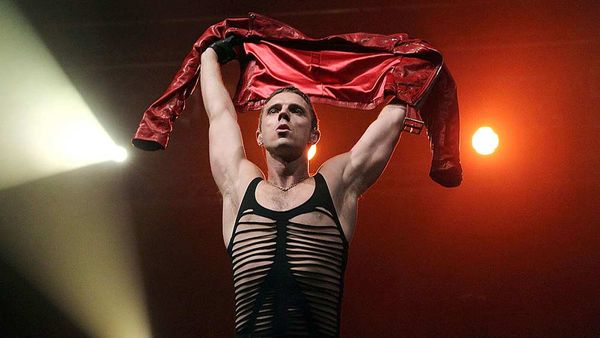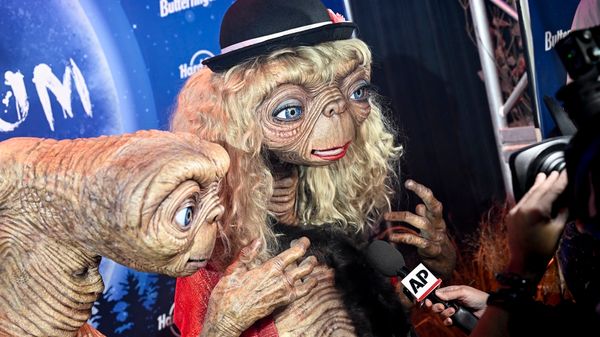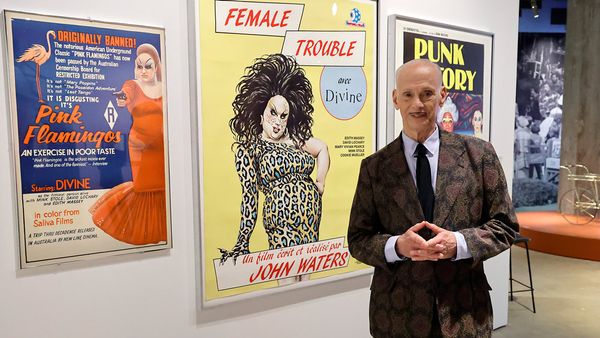
May 6, 2017
Cinderella Stories
Paul Parish READ TIME: 4 MIN.
Two big dance spectacles opened last week on opposite sides of the Bay. San Francisco Ballet revived its blockbuster, crowd-pleasing "Cinderella at the Opera House," choreographed by the Royal Ballet associate Christopher Wheeldon; and Cal Performances presented Philharmonia Baroque et al. in the first revival of Voltaire's "Temple de Gloire" in 250 years, from a manuscript in the UC Berkeley Music Library. Both are sumptuous productions with music, visual arts, choreography, and allied stage arts combined to argue a matter of government policy.
Wheeldon's "Cinderella" could be seen from this angle as a kind of "Kate Middleton Story." It's not just that the Duchess of York is in fact a latter-day Cinderella, but also, the ballet seems designed to persuade the monarch to have a heart, ease up on the dignity already, and if there's going to be a royal family, they've got to be more like the rest of the people.
Granted, the first thing you think about Wheeldon might be "An American in Paris," his smash Broadway hit show with jazz at its core. He has lived and worked for so long in the USA it's not necessary to connect him with his origins in the Royal Ballet School and Company, and this piece was not co-commissioned by SFB and the RB but with the Dutch National Ballet. But it does have one foot in the US and the other in Europe, and the strengths all have to do with making the prince into a real character, someone we like, who goes on adventures with his sidekick, and long before the ball ever becomes a plot-point meets poor Cinderella disguised as a beggar. They become friends.
What's British about it is using ballet to tell a story well. With American dancing, technical excellence is often 90% of the show. In Europe, especially London, it's only a prerequisite, and the dancers have to be able to act, evoke atmosphere, epoch and style. What's American about it is the frank interest in the human side.
This revival arrived slightly undercooked on opening night. The stars Frances Chung and Joseph Walsh lacked chemistry, though they danced together wonderfully in "Frankenstein" earlier in the season. The reticence that worked so well for Walsh as the young scientist who becomes paralyzed with remorse was no use to him in creating a dashing, glamorous, warm-hearted prince. Walsh is maybe the best new male dancer on the roster, but he does not do the princely thing well. In fact, white tights seem like Kryptonite for him. Normally the strongest presence on the stage in contemporary work, as a prince in "Swan Lake" and here in "Cinderella" he seems slightly embarrassed to have all eyes on him.
Without that strong partnership chemistry, and despite Chung's fabulous solos, the burden fell heavily on the brilliantly staged mannerisms Wheeldon has lavished on Cinders' family - the horrible stepmother (wonderfully done by Jennifer Stahl) and the awful stepsister (Sasha De Sola, who shone brighter than any other performer in the whole show). The other stepsister (Ellen Rose Hummel) was sweet and charming as she fell in love with the Prince's sidekick, Benjamin (Taras Domitro, in a very strong performance).
"Cinderella" has further tremendous assets: first, the glorious score by Prokofiev, who tells the story in the music (played with power by the orchestra, directed by Martin West). Then there's the scenic genius that makes Nature take an active part in making Cinderella happy. The seedling she planted at her mother's grave, which she waters with her tears, grows into a tree that takes over the whole stage and sends forth fairies and nature spirits to groom and prepare her for the ball. In magical ways, created by the puppeteer Basil Twist, it envelopes her, and gives her as it were a second birth, with a magical carriage that rides her on to glory. This is a miracle of stagecraft that makes it seem as if all the powers of Nature are on her side, and she will bring new life and power to the royal family.
All these elements - especially the scenery, dancing, and music organized to dazzle the senses while underpinning an argument about who should have power and how it should be used - belong to the grand court spectacle that comes down to us from the Renaissance. Humanists made poems, plays, and ballets to teach lessons in good governance. It doesn't hurt that "Cinderella" confirms us in our desire to be decent and generous of spirit, and let the cream rise to the top.
Similarly, Philharmonia Baroque may have a hit on its hands with the opera-ballet "Le Temple de Gloire," a thrilling account of Rameau's first setting of Voltaire's libretto advising Louis XV to emulate the noble emperor Trajan, who treated the kings he conquered with clemency, and not follow the examples of the monstrous tyrants Belus and the intemperate god Bacchus, who overwhelm their subjects and reduce them to abject dependency.
There isn't room here to describe the three-hour extravaganza in detail, but it's worth mentioning that despite the fact that the text came in supertitles, there came a smatter of applause at "A tyrant knows no shame," when Voltaire seemed to be rebuking President Trump for bullying.
Philharmonia Baroque was joined by superb singers of the Centre de musique baroque de Versailles and forces of the New York Baroque Dance Ensemble (director: Catherine Turocy), whose limpid, wonderfully light dances flowed like water over rocks as they embodied shepherds, muses, and other creatures sympathetic to the virtues of magnanimity. Baroque dance is ballet in an earlier form, and Rameau's music is extremely danceable. It was a huge production - scores of singers in the chorus, scores of musicians in the pit, wonderfully directed by Nicholas McGegan. And the house was full.







